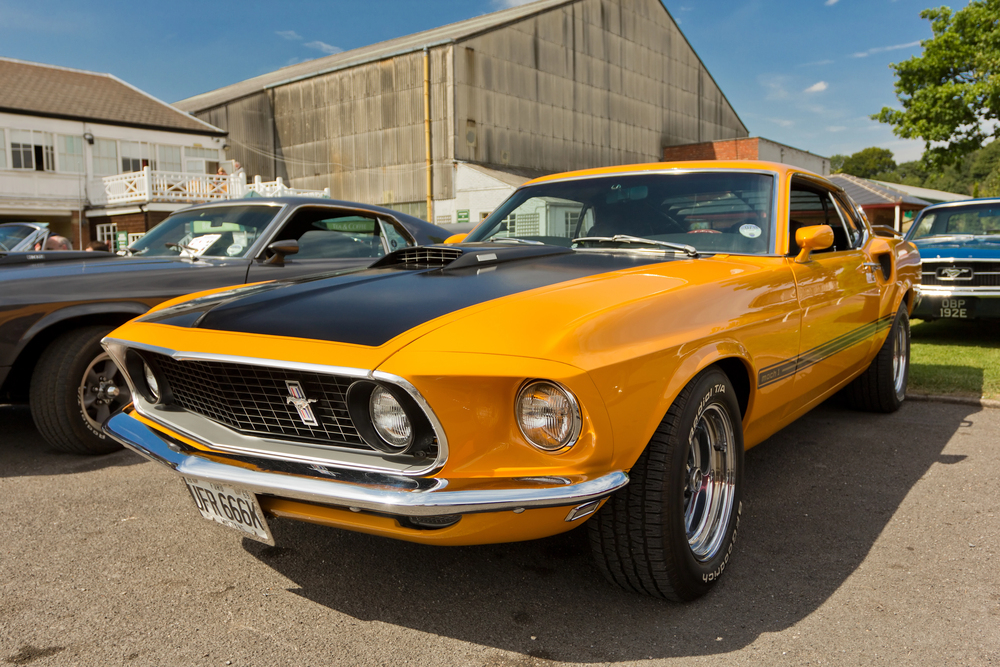The automotive industry is powered by massive production lines that churn out millions of vehicles every year. These factories use cutting-edge technology, automation, and skilled labor to keep up with global demand. From Asia to North America and Europe, some of the biggest car plants are capable of producing thousands of vehicles daily. Here are the 12 largest car production lines on Earth that keep the world moving.
Volkswagen Wolfsburg Plant (Germany)

The Volkswagen Wolfsburg Plant is the largest car factory in the world by surface area. Spanning over 6.5 million square meters, it produces popular models like the Volkswagen Golf and Tiguan. The plant has an annual production capacity of over 800,000 vehicles, making it a key facility in Volkswagen’s global operations. Advanced robotics and automation ensure efficiency and precision in manufacturing.
Hyundai Ulsan Plant (South Korea)
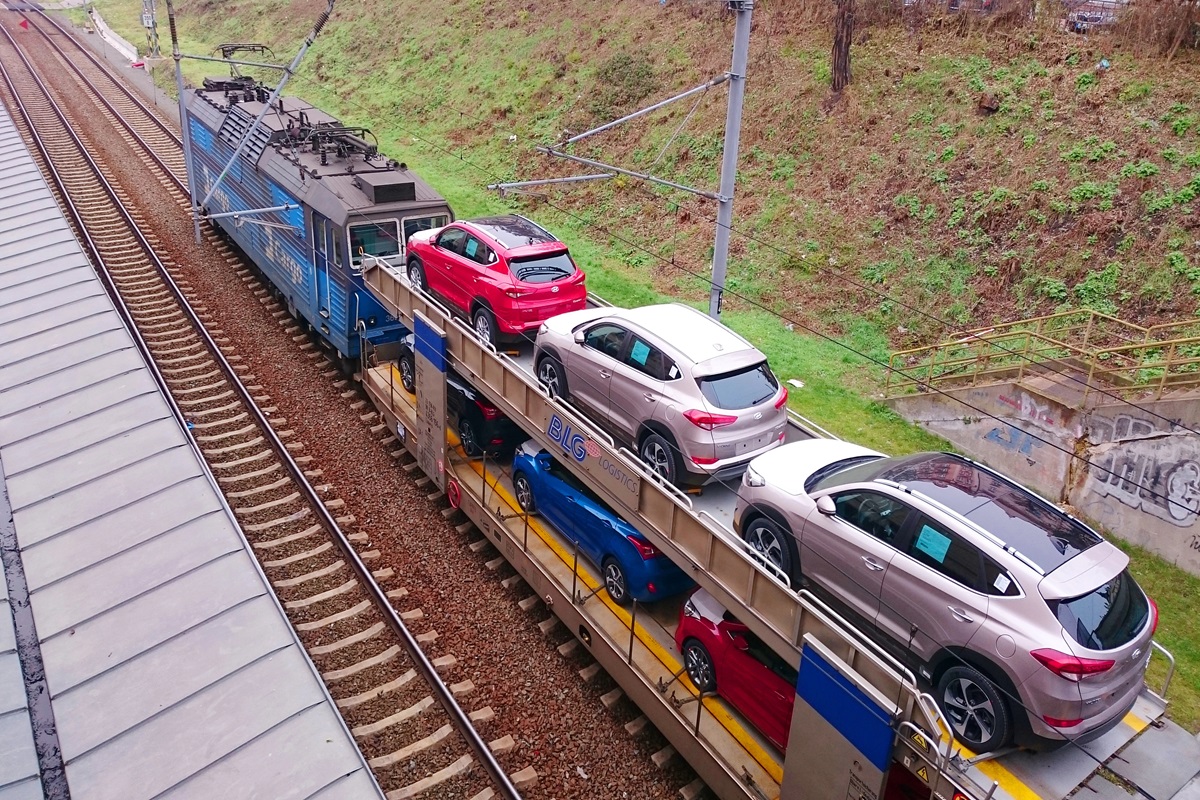
Hyundai’s Ulsan facility is the world’s largest automobile manufacturing complex, covering 5 million square meters. This plant produces around 1.5 million vehicles per year, including the Hyundai Tucson and Elantra. It has its own port, allowing for direct shipment of cars to international markets. The plant also features an in-house hospital and fire station for employee welfare.
Toyota Motomachi Plant (Japan)
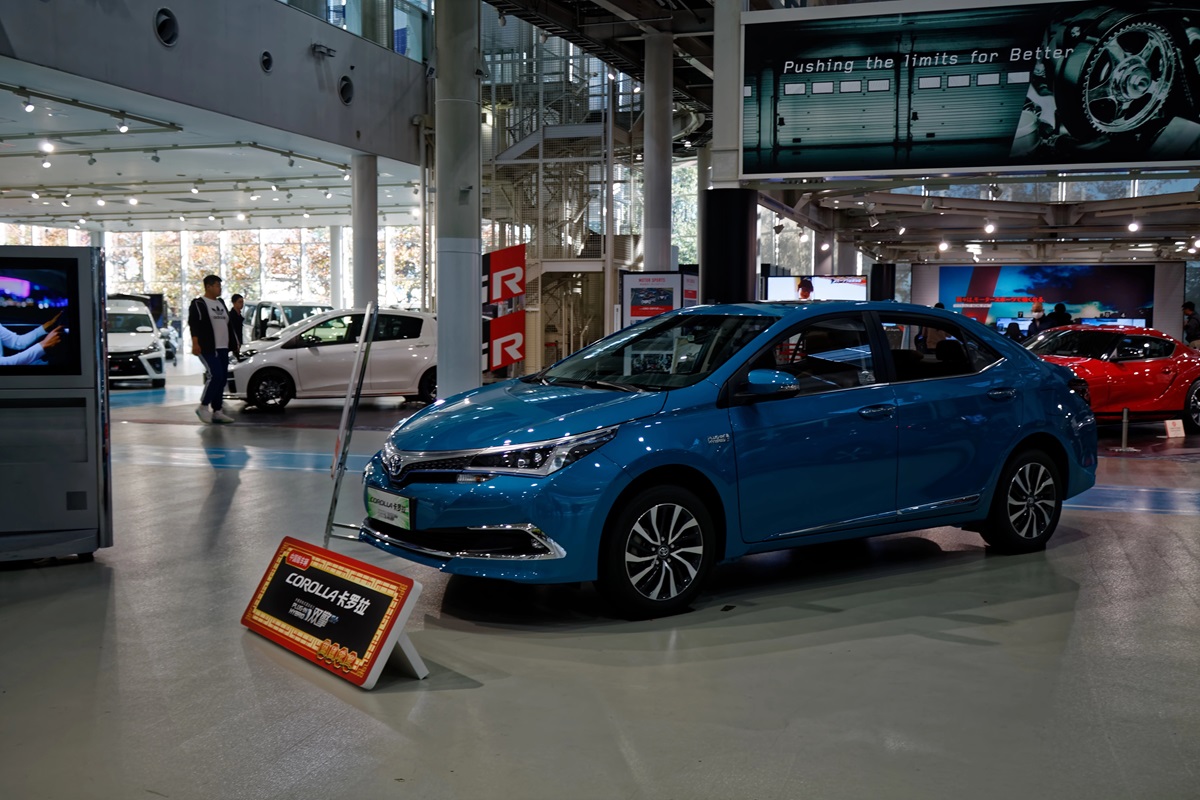
The Toyota Motomachi Plant is one of Toyota’s most advanced production lines, known for assembling high-end models like the Lexus LC and Mirai. Opened in 1959, it has been a center for innovation, including early applications of lean manufacturing. The plant produces hundreds of thousands of vehicles annually, maintaining Toyota’s reputation for quality. It has also been a testing ground for new materials and production techniques.
General Motors Lansing Delta Township Plant (USA)
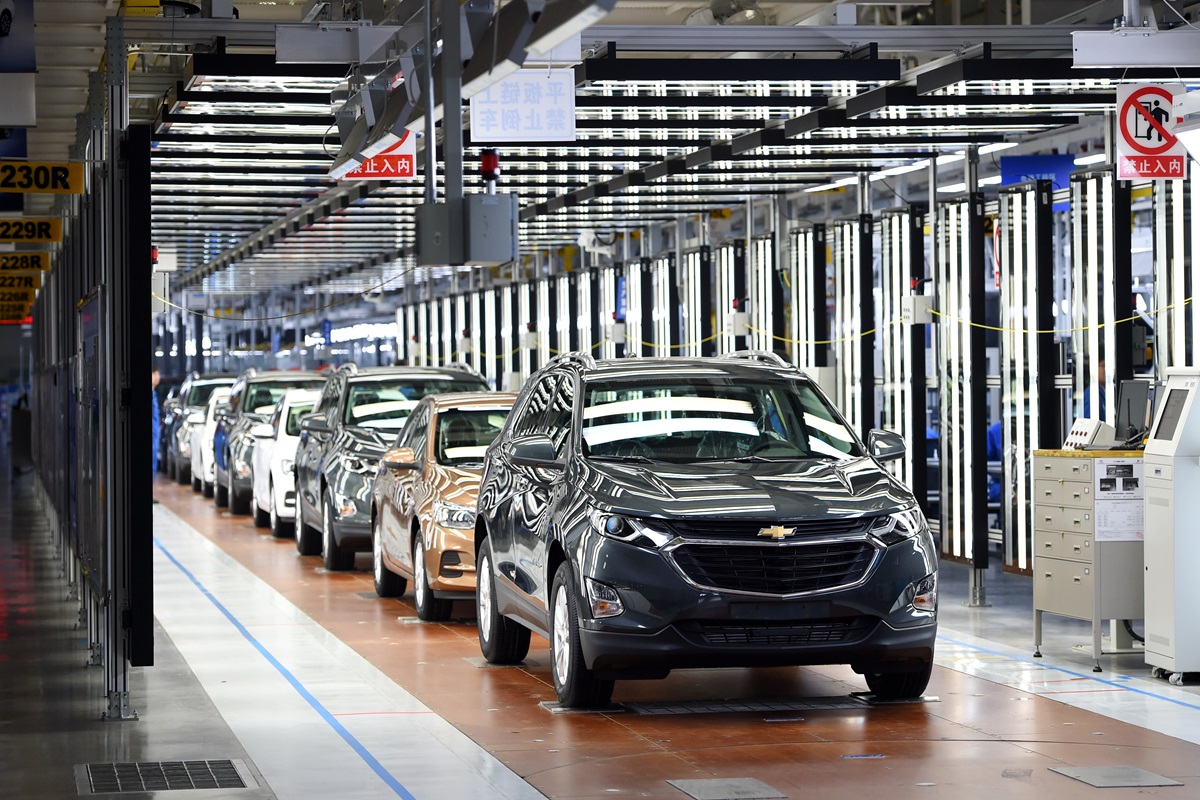
Located in Michigan, the Lansing Delta Township Plant is one of GM’s largest North American factories. It assembles popular SUVs like the Chevrolet Traverse and Buick Enclave, producing nearly 300,000 vehicles per year. The facility spans over 3.4 million square feet and employs thousands of workers. It is also recognized for its sustainability efforts, including energy-efficient processes and recycling initiatives.
Related: 15 Insanely Clever Driving Hacks Every Car Owner Wishes They Knew Sooner
Ford Rouge Complex (USA)

The Ford Rouge Complex in Dearborn, Michigan, has been a symbol of American manufacturing since its opening in 1928. It produces Ford F-Series trucks, which are among the best-selling vehicles in the U.S. The facility integrates sustainable practices, including a massive living roof and energy-efficient assembly lines. With high levels of automation, the plant can produce hundreds of thousands of vehicles annually.
Related: The 15 Biggest Disruptions in Car History That No One Saw Coming
Nissan Sunderland Plant (UK)

Nissan’s Sunderland Plant is the largest car factory in the United Kingdom. Producing models like the Nissan Qashqai and LEAF, the plant manufactures over 500,000 vehicles annually. It has been a crucial part of Nissan’s European strategy, exporting cars to over 100 markets. The facility is known for its efficiency and high-speed production capabilities.
Related: 15 Futuristic Car Innovations That Prove Tesla Is Playing a Different Game
Tesla Gigafactory Shanghai (China)
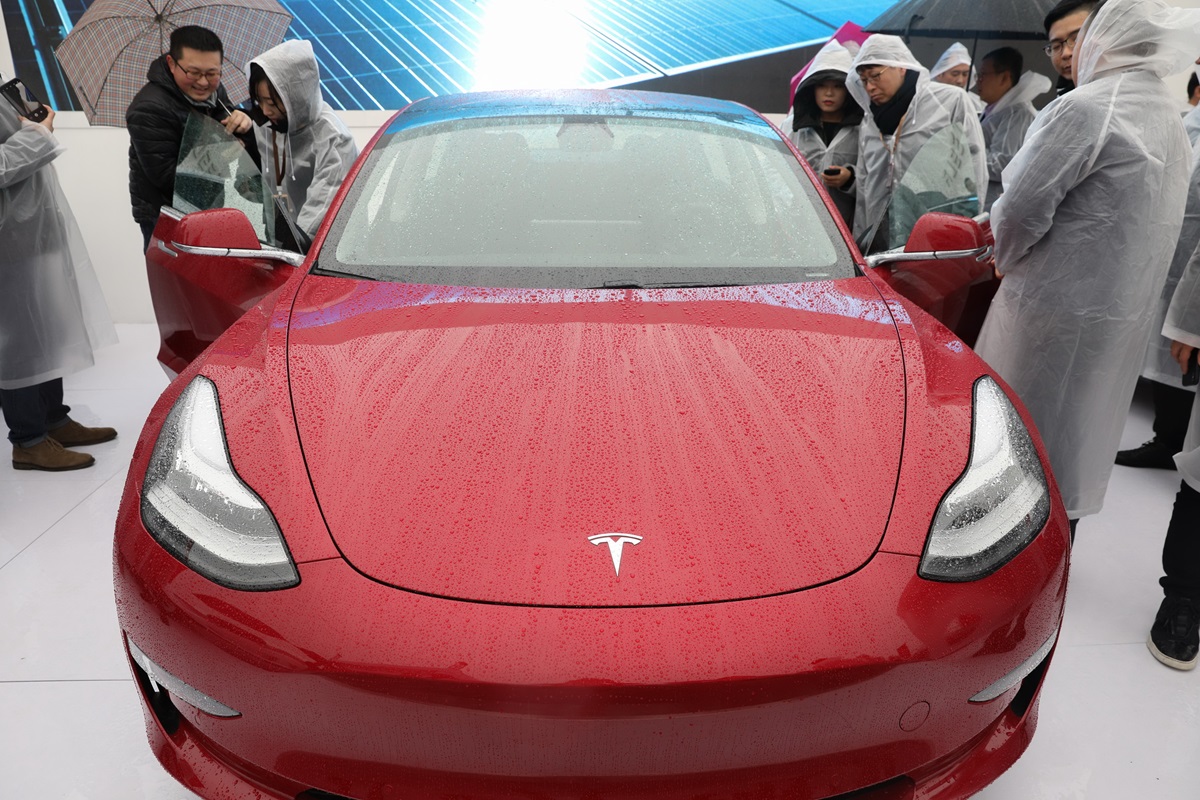
Tesla’s Gigafactory in Shanghai is one of the fastest-growing production sites in the world. It produces the Tesla Model 3 and Model Y, with an annual capacity exceeding 1 million vehicles. The plant plays a critical role in Tesla’s expansion in Asia and Europe. With highly automated processes, it is a model of modern electric vehicle manufacturing.
BMW Spartanburg Plant (USA)
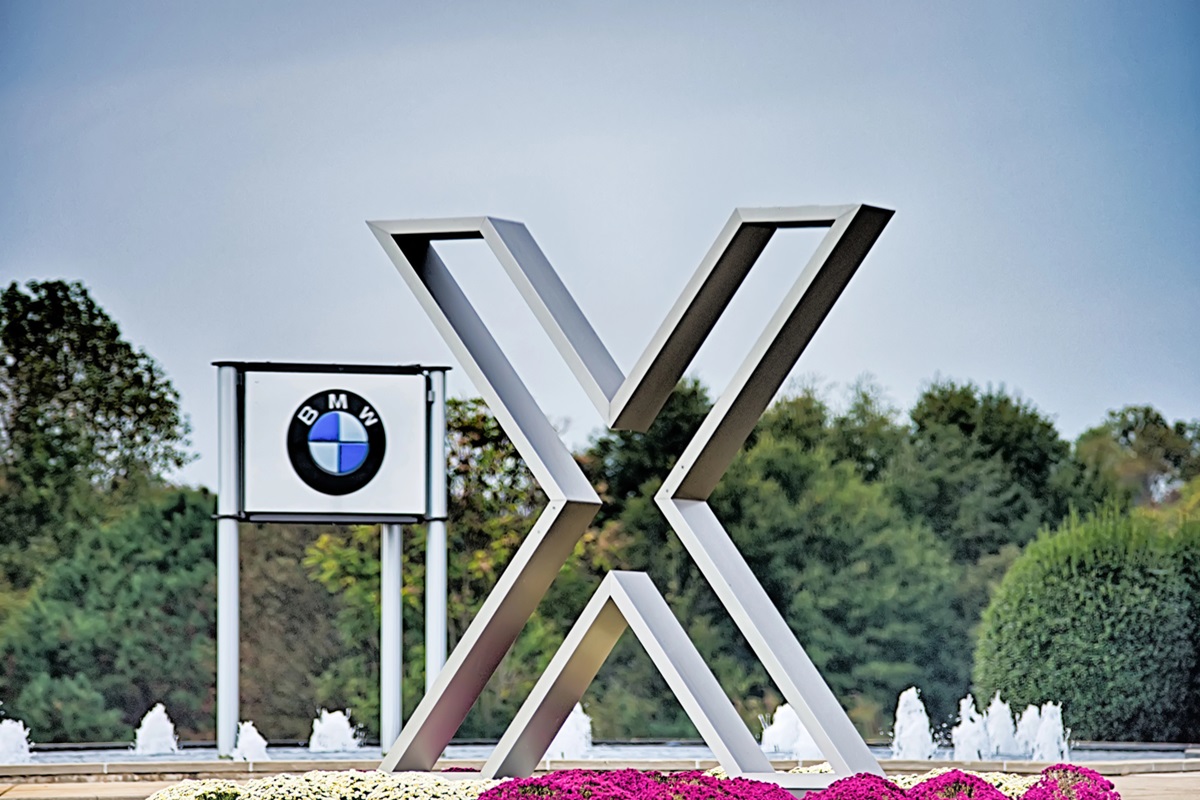
BMW’s Spartanburg Plant in South Carolina is the company’s largest production facility worldwide. It specializes in manufacturing BMW’s SUV lineup, including the X3, X5, and X7, with an annual output of over 450,000 units. The plant is a major export hub, shipping vehicles to more than 120 countries. Advanced robotics and digitalized production ensure high efficiency and quality.
Related: 12 Genius Upgrades That Will Transform Your Car’s Performance Instantly
Honda Sayama Plant (Japan)
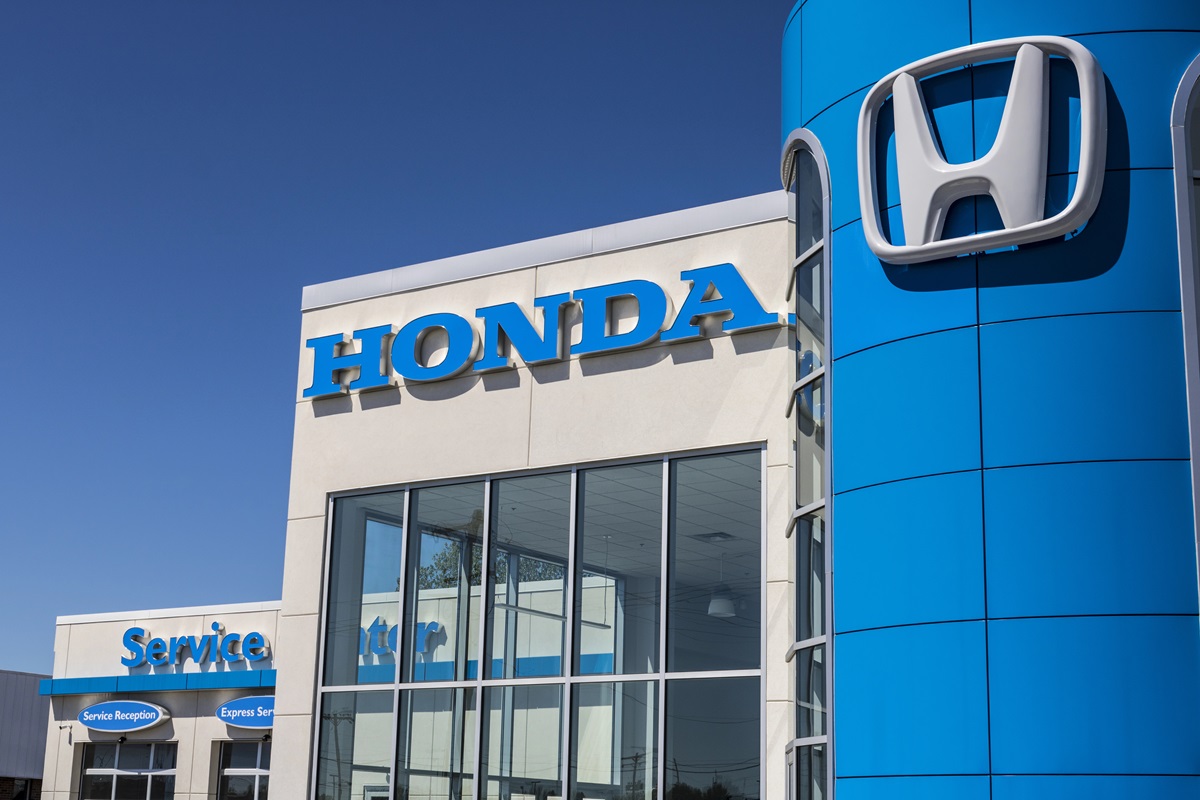
Honda’s Sayama Plant has been a central part of the company’s global production network. It produces models such as the Honda Accord and Fit, with an annual capacity of hundreds of thousands of units. The factory has been a pioneer in hybrid and electric vehicle manufacturing. Honda has announced plans to shift its focus to EV production in this facility.
Related: 12 Scary Car Emergencies and Exactly What to Do to Stay Safe
Mercedes-Benz Sindelfingen Plant (Germany)

The Mercedes-Benz Sindelfingen Plant is responsible for assembling some of the brand’s most luxurious models, including the S-Class and EQS. The facility integrates state-of-the-art production technologies and sustainable energy practices. Producing over 300,000 vehicles annually, it remains a key part of Mercedes’ global operations. It is also home to the brand’s research and development center.
Toyota Georgetown Plant (USA)
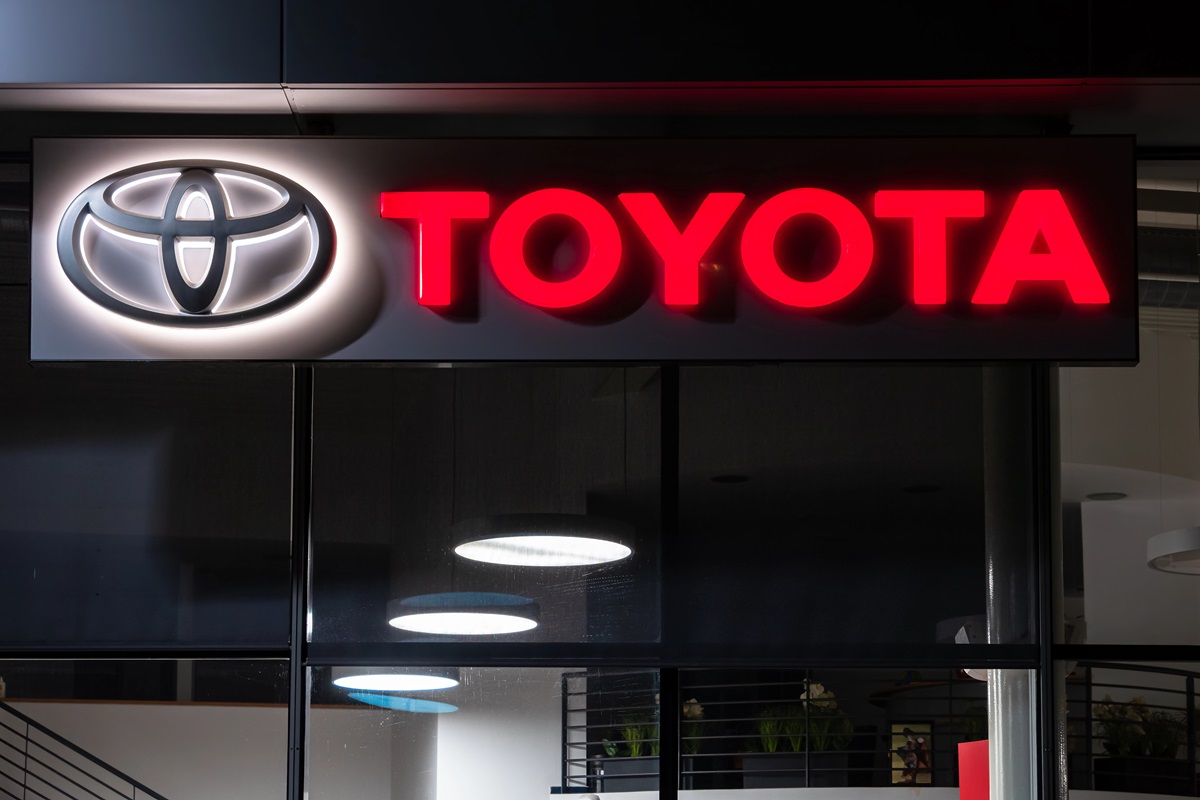
Toyota’s Georgetown Plant in Kentucky is the largest Toyota factory outside Japan. It produces models like the Toyota Camry and Avalon, with an annual output of over 500,000 vehicles. The facility employs thousands of workers and plays a crucial role in Toyota’s North American strategy. It also integrates environmental initiatives such as waste reduction and water conservation.
Related: 14 Shocking Reasons Your Car Is Burning Gas Faster Than It Should
Fiat Mirafiori Plant (Italy)

Fiat’s Mirafiori Plant in Turin is one of the oldest car factories still in operation. It has produced iconic models like the Fiat 500 and is now shifting toward electric vehicle production. The facility covers 2 million square meters and employs thousands of workers. Fiat has invested heavily in modernizing the plant to meet future mobility demands.
Related: 15 Cruise Control Mistakes That Put You at Risk on the Highway
The world’s biggest car production lines are engineering marvels that keep the global automotive industry running. These massive facilities employ thousands of workers and use cutting-edge automation to produce millions of vehicles each year. From traditional combustion engine models to electric vehicles, these factories represent the future of car manufacturing. As the industry shifts toward sustainability, these production lines will continue evolving to meet new challenges and consumer demands.
Disclaimer: This list is solely the author’s opinion based on research and publicly available information.
12 Car Buying Secrets Dealerships Pray You Never Find Out

Buying your first car is exciting, but it can also be stressful, especially when you’re on a budget. The good news? You don’t have to settle for a beat-up clunker to save money. With the right strategy, research, and negotiation tactics, you can score a great deal on a reliable car without breaking the bank. Here are 12 genius ways to pay less for your first car without ending up with a lemon!
Read it here: 12 Car Buying Secrets Dealerships Pray You Never Find Out
15 Fords That Sparked Outrage And You Won’t Believe Why
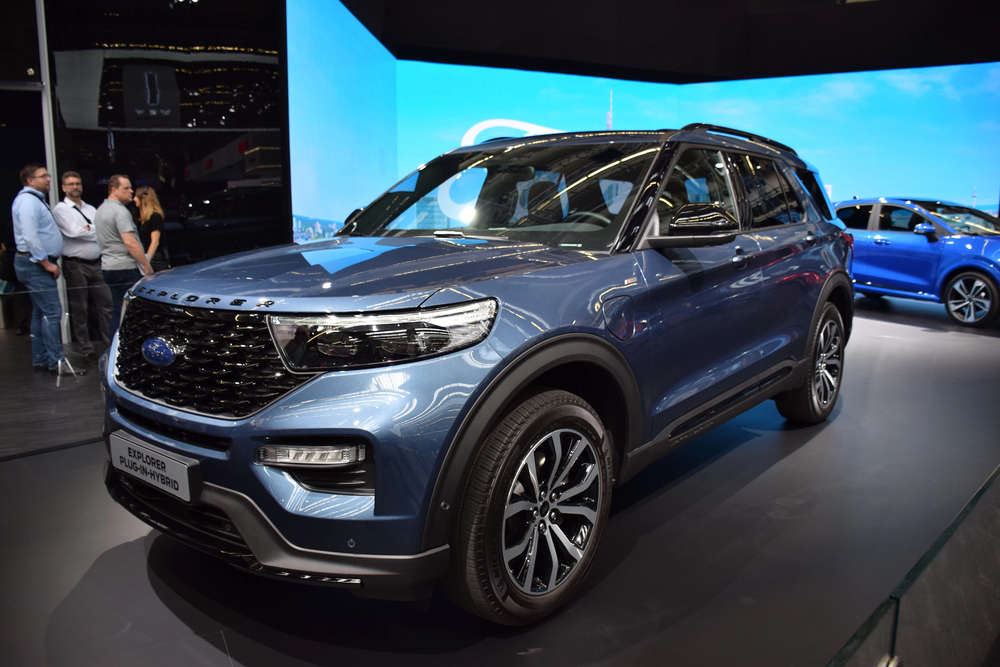
Ford has built some of the most iconic cars in automotive history, but not every model was met with applause. Some sparked controversy over design choices, performance failures, or shocking marketing decisions that left fans fuming. From questionable engineering to bizarre styling, these 15 Fords caused outrage and the reasons will blow your mind!
Read it here: 15 Fords That Sparked Outrage And You Won’t Believe Why
12 Shocking Facts About How Robots Are Changing Car Manufacturing Forever
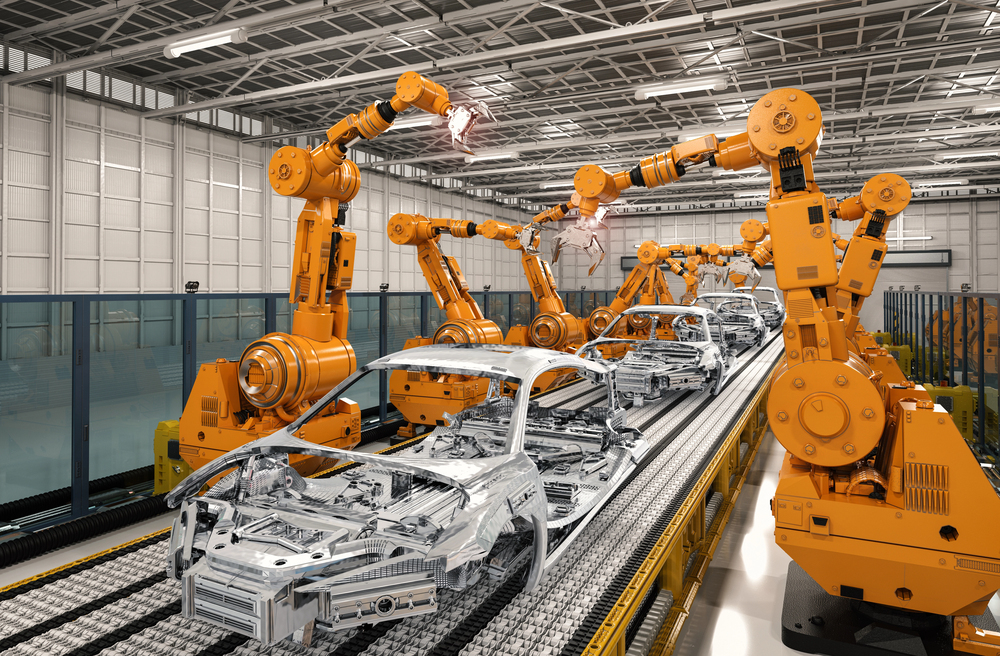
Automation has taken over car manufacturing in ways that were unimaginable just a few decades ago. Robots are now assembling vehicles with mind-blowing precision, improving safety, and even making real time decisions on the production line. These 12 shocking facts prove that car manufacturing will never be the same again.
Read it here: 12 Shocking Facts About How Robots Are Changing Car Manufacturing Forever
You’ll love these related posts:


